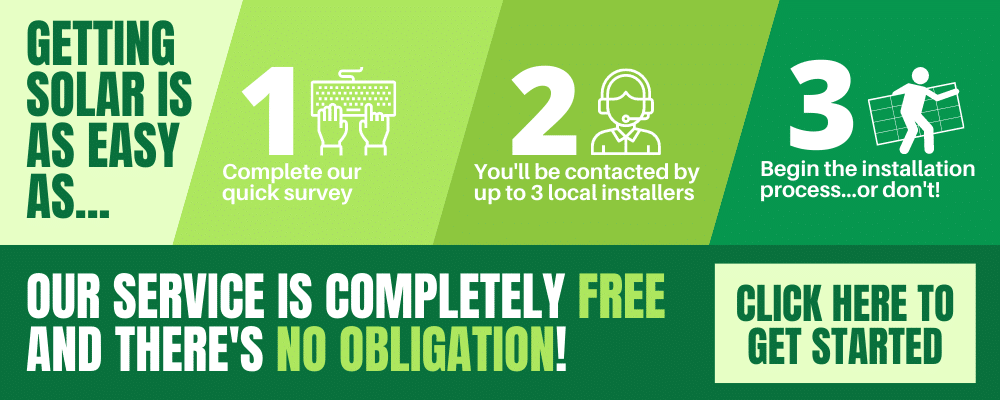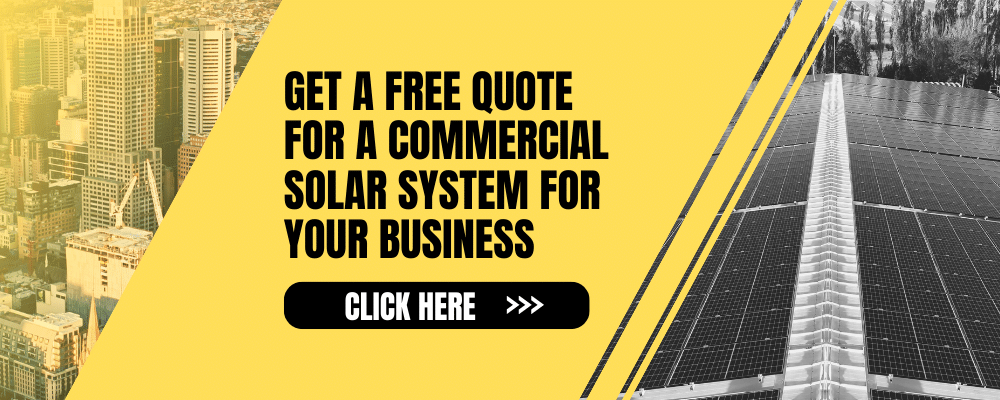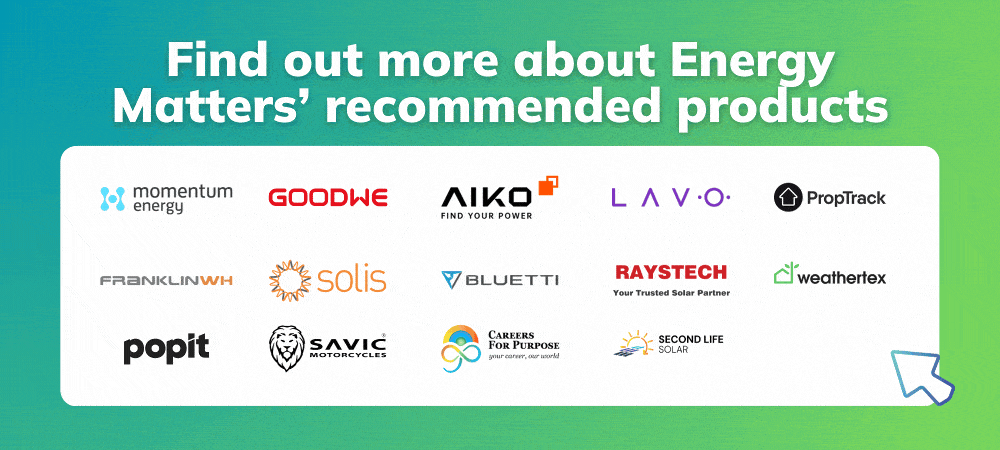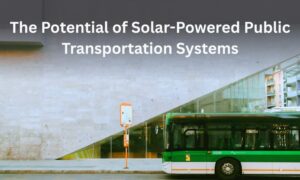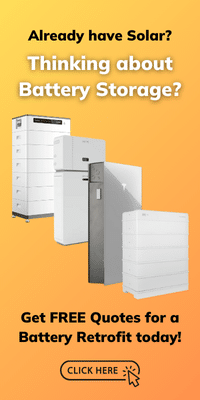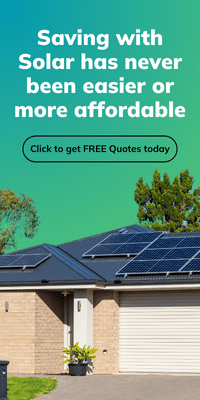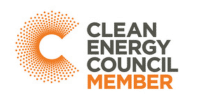Australia’s sunny climate makes it ideal for harnessing solar power. While rooftop solar panels are widely used, solar-powered sheds and solar energy for outbuildings are gaining popularity as effective, cost-saving, and sustainable solutions.
Integrating backyard solar applications can reduce energy costs and increase efficiency, whether for a workshop, storage space, or backyard office. Let’s explore why investing in solar for your sheds and outbuildings is a smart choice.
Ready to harness the power of the sun and secure your solar energy future?
Energy Matters is here to guide you every step of the way. Energy Matters is one of Australia’s most trusted solar quotes due to our high customer satisfaction and industry recommendations. Our team of solar experts can help you get up to 3 FREE solar quotes from pre-qualified and vetted solar firms in your area.
Various benefits of incorporating solar energy for sheds and outbuildings
1. Why consider solar for sheds and outbuildings?
Traditional sheds and outbuildings rely on the main power grid, increasing electricity costs and carbon footprints. Solar-powered sheds offer a clean and renewable energy alternative. With the right setup, they can provide reliable power for lighting, tools, and appliances without requiring expensive grid connections. Use Energy Matters’ carbon footprint calculator to calculate your household and business’s direct emissions.
Key benefits of solar-powered sheds and solar energy for outbuildings
- Energy independence – Reduce reliance on the main power grid and enjoy self-sufficient energy production.
- Lower energy bills – Generate free electricity from the sun, cutting power costs significantly.
- Eco-friendly solution – Reduce greenhouse gas emissions and contribute to a cleaner environment.
- Increased property value – Homes with solar energy for outbuildings can attract eco-conscious buyers.
2. Applications of solar power in outbuildings
Solar power isn’t just for homes; it can also enhance functionality and efficiency in various outbuildings.
Common uses of solar energy for outbuildings
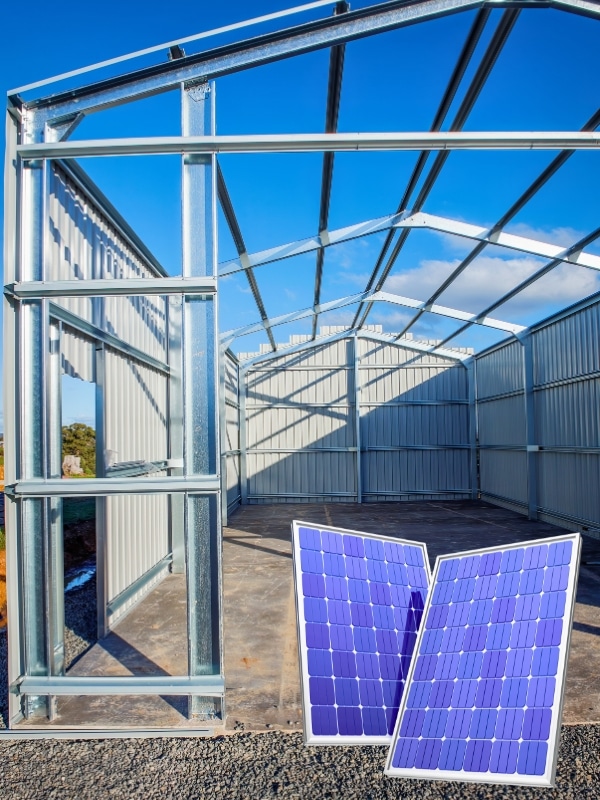
The use of solar energy dates back to ancient civilisations that harnessed sunlight for warmth and agriculture. However, the modern foundation of solar technology was laid in the 19th century:
- In 1839, French scientist Edmond Becquerel discovered the photovoltaic (PV) effect, where certain materials generate electricity when exposed to sunlight.
- In the 1950s, researchers at Bell Labs in the United States developed the first silicon solar cell, achieving an efficiency of about 6%.
- By the 1970s, solar panels began commercial production, leading to widespread adoption in various sectors.
3. Choosing the right solar system for your shed
Selecting the appropriate solar system depends on your energy needs and budget. Backyard solar applications range from small off-grid setups to high-capacity solar battery storage solutions.
Factors to consider for solar-powered sheds and solar energy for outbuildings
- Energy demand – Calculate the total wattage required for your shed’s electrical devices.
- Solar panel capacity – Choose between monocrystalline, polycrystalline, or thin-film panels.
- Solar battery storage – Store excess energy for nighttime use or cloudy days.
- Inverter efficiency – Ensure a high-quality inverter converts solar energy effectively.
- Installation options – Decide between roof-mounted or ground-mounted solar panels.
4. Solar installation and maintenance tips
Solar installation for outbuildings requires careful planning to maximise efficiency and longevity.
Installation tips for solar-powered sheds and solar energy for outbuildings
- Optimal placement – Position solar panels facing north for maximum sun exposure.
- Tilt and angle – Adjust solar panel angles based on seasonal sunlight variations.
- Wiring and connectivity – Use high-quality cables and connectors to ensure safety and efficiency.
- Solar battery placement – Store solar batteries in a cool, dry place to extend lifespan.
Regular solar panel cleaning and occasional system checks are typically all required for maintenance.
Maintenance guidelines for solar-powered sheds and solar energy for outbuildings
- Regular cleaning – Remove dust, leaves, and debris to maintain efficiency.
- Monitor system performance – Use monitoring apps to track energy output.
- Check solar battery health – Replace old batteries when necessary to ensure storage capacity.

Energy Matters TV Show
Premiering on Channel 9Life on Saturday, March 29, 2025, at 4:00 PM, Energy Matters takes you to the forefront of the global shift towards electrification and renewable energy.
As extreme weather events highlight the urgency of climate action, Energy Matters TV Show explores groundbreaking technologies, energy-saving solutions, and inspiring real-world transformations.
Join us on Australia’s Road to ZERO as we highlight industry pioneers, showcase innovative solutions, and delve into the future of sustainable living. Don’t miss this chance to be informed, inspired, and empowered to take action. Tune in and be part of the change with Roshan Ramnarain, our CEO of Energy Matters, as your host!
5. Cost and incentives for solar sheds in Australia
Investing in solar-powered sheds can be cost-effective in the long run. While initial costs vary, many government incentives and rebates help offset expenses.
Estimated costs of solar-powered sheds
- Small solar kit (1-2 panels) – $500 – $2,000
- Medium system (3-6 panels) – $2,500 – $5,000
- Large system with solar battery storage – $5,000 – $10,000
Use Energy Matters’ easy-to-use solar power and battery storage calculator to determine the size of your solar system with storage! Our solar calculator will generate performance information and potential savings.
We can send this information to 3 of our pre-vetted and trusted local installers in your area to receive obligation-free solar quotes.

The Australian government provides a range of incentives and rebates to promote the uptake of renewable energy, including solar power for outbuildings.
Government incentives
- Small-scale Technology Certificates (STCs) – Reduce upfront solar panel costs.
- State solar rebates – Additional incentives are available in some Australian states. For more information, visit our Australian Solar & Renewable Energy Rebates and Incentives page.
- Feed-in Tariffs – Feed-in tariff (FiT) can sell excess solar energy back to the grid.
Take the next step towards a sustainable future from Energy Matters
Harnessing solar energy for outbuildings is a smart and sustainable choice for Australian homeowners. For a shed, greenhouse, or backyard office, backyard solar applications provide energy savings, eco-friendly benefits, and greater energy independence.
Ready to make the switch?
Energise your future;, embrace solar power today! Contact Energy Matters to explore your solar shed options and unlock the potential of solar energy for your property.
Energy Matters is the leading supplier of solar quotes in Australia due to its vast partnership network of high-quality solar installers. We have been recognised for our continued excellence in the Australian solar industry. We provide our customers with high-quality resources, insight, and access to reputable solar quotes.





